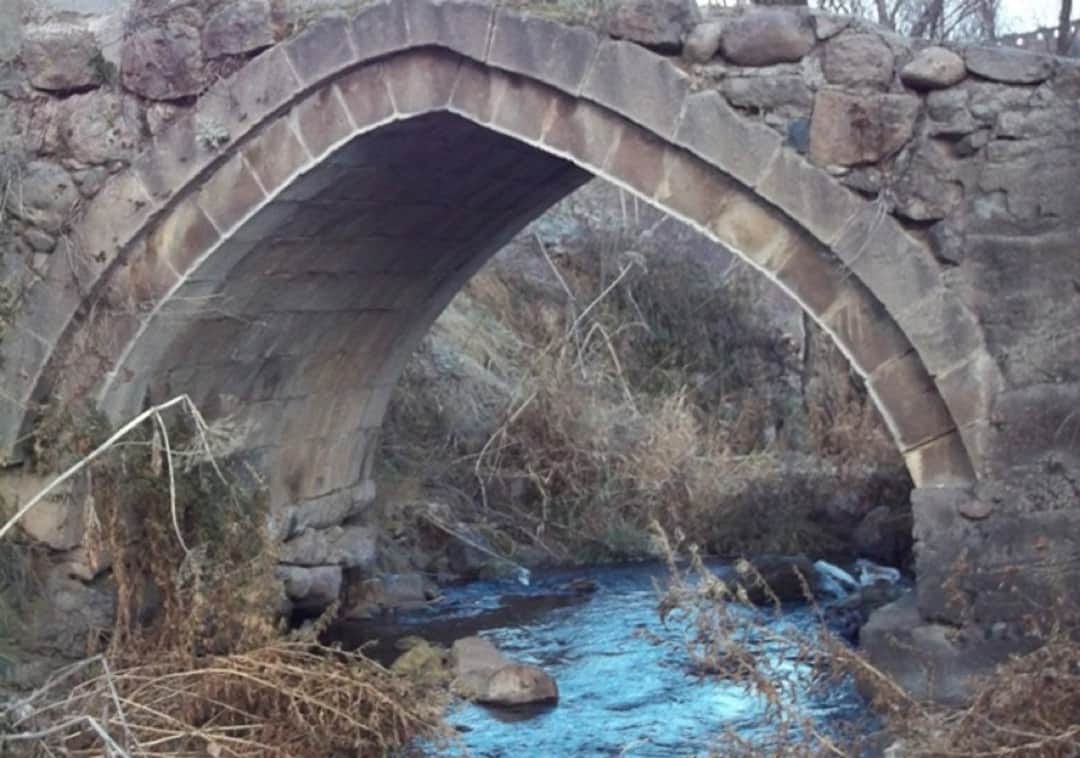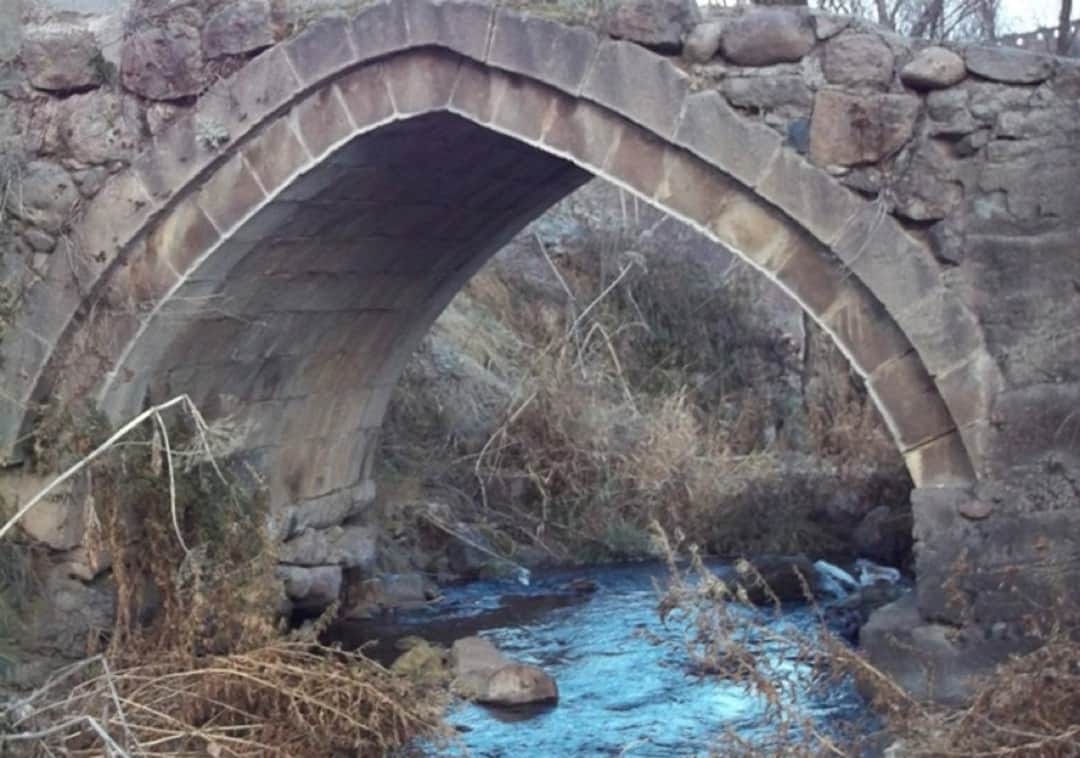Jul bridge
In Jul village, Sharur-Daralayaz uezd, later Pashali (Azizbayov, Vayk), Iravan Governorate.
The name of Jul village has been called Artavan since 19.04.1950.
Architecture
Despite the fact that the Jul bridge carries Azerbaijani elements and is an architectural example, Armenians have repaired and presented the bridge they used as their monument.
The bridge built in the village of Jul was built in the 17th century over the right branch of the Arpachay, the Julchay. First, the edge and the lower part of the bridge, which was built by throwing two belts with specially cut white marble stone in an arc-like manner, then the upper part of the bridge was woven. The single-arched stone bridge was built using large river and rock stones in the style of oriental architecture. The name of the village is mentioned in historical sources from the 13th century. The toponym Chul was created on the basis of the Turkish ethnonym. It is an ethnotoponym. It is a simple toponym in structure. Only Azerbaijanis lived in the village: in 1831 (56 men, 61 women), total 117 people, in 1873 708, 1886 899, 1897 1214, 1904 1222, 1914 1344, 1916 1607 people. In 1918, the village was attacked by Armenians and its residents were deported. After the establishment of the Soviet government in Armenia, the surviving residents were able to return to their historical and ethnic lands. There were 717 people here in 1922, 1926 431, in 1931 950 Azerbaijanis lived there.
The Jul bridge is one of the important material monuments located in historical lands from the architecture point of view.

























